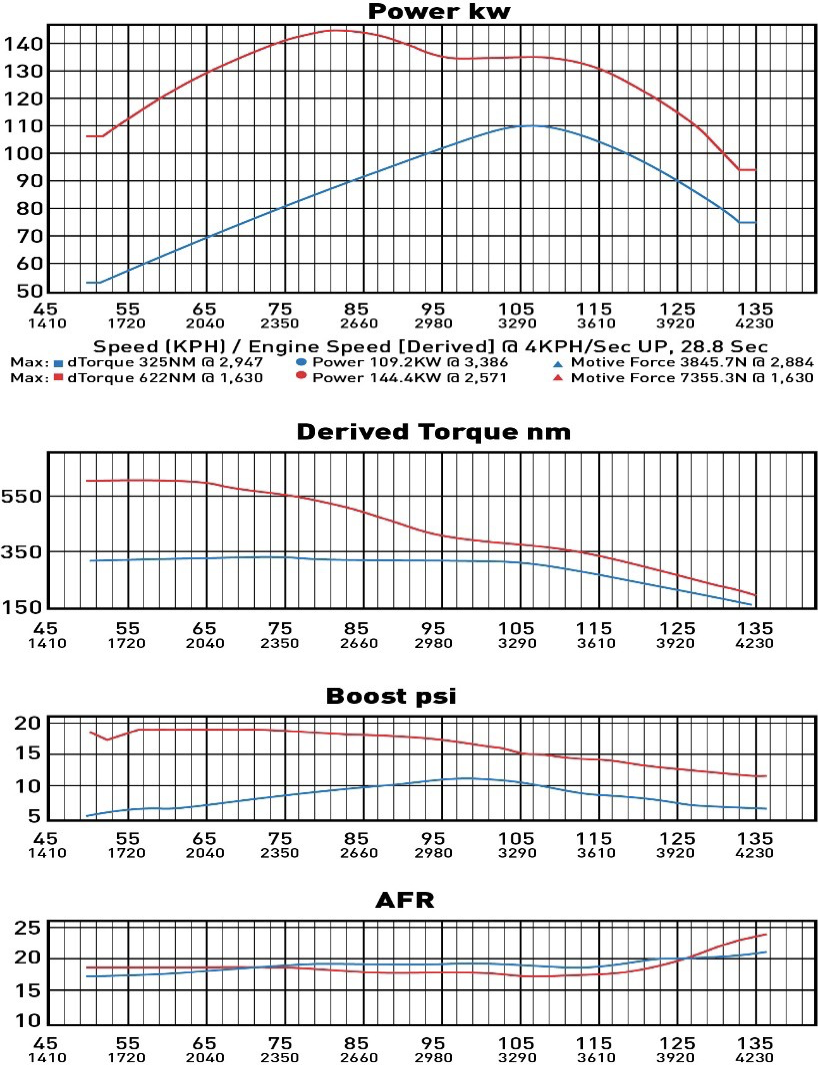PART 2 - LEARNING TO LOVE YOUR COMMON RAIL DIESEL - Crankcase Pressure or Blow-By
- locked2go
- Feb 5, 2021
- 2 min read
Updated: Mar 27, 2021
Crankcase Pressure or Blow-By
All engines since around the mid-1970s have had the piston ring ‘blow-by’ redirected back into the engine, via a tube connecting the tappet cover to the air intake, usually between the air-cleaner and the turbo. On the ‘suction side’.
‘Blow-By’ is normal. Even from new, there is always some combustion and turbo boost pressure lost past the piston rings into the sump and the internal cavity of the engine. The air intake draws this gas into combustion, along with a small amount of oil mist or fumes carried by the gas flow.
As the engine wears, or more specifically as the rings and bore wears, there is greater gas flow and hence greater oil fumes.
CRD engines have boost pressures that are 50% or more higher than earlier engines, so increased blow-by is observed earlier in an engine's life compared to older style engines. Hence oil fume volume is greater.
These oil fumes coat the inside of the intake ductwork (sometimes leaking externally at duct joins), coats the inside the turbo, inside the intercooler surfaces - reducing its cooling efficiency, and most importantly, it burns inside the inlet manifold leaving significant deposits. The deposits reduce air volume, reduce performance, reduce efficiency, hence increase emissions.

The oil burns inside the manifold due to the hot exhaust gases being released into the manifold via the EGR (see Section 5 & 6), as well as the proximity to the hot engine itself. A well designed baffled and filtered Catch Can is recommended to alleviate this problem. The Catch Can is fitted along the pipework from the tappet cover to the air intake. The oil fumes are extracted by the Catch Can Filter but the gas flow is uninterrupted. Fig3 The Catch Can also extends the service life of DPF’s, due to the excessive oil deposits not being burnt in the engine, hence not blocking the DPF. See Section 7. LTG 4X4 Recommends the Provent Catch Can. The Provent Catch Can does not require disassembly to drain, has a relief valve that regulates crankcase pressure variations on hard acceleration vs rapid deceleration, and a by-pass valve to relieve pressure if the filter is kept beyond its service life.
Provent Catch Cans also come with a comprehensive kit and easy mounting bracket. Fig 3
Thank you for reading the second installment of "Learning to love your common rail diesel" in the next one we are sharing about EGR Gas Recirculation you can find it here www.ltg4x4.com.au/blog
Cheers,
Tom from LTG 4x4
_Page_1_edi.png)



Comments